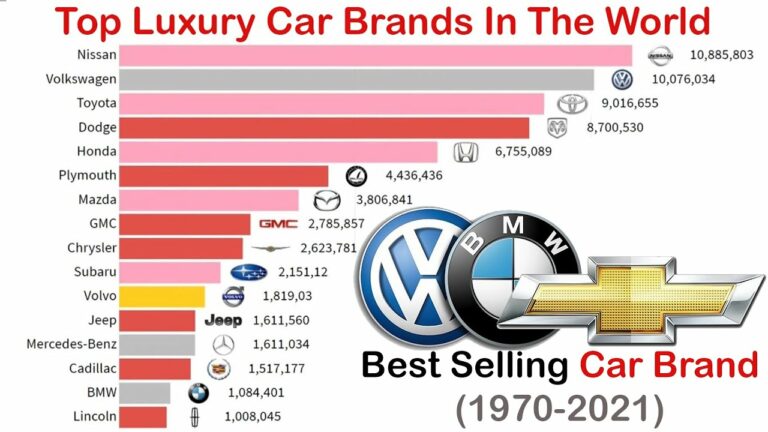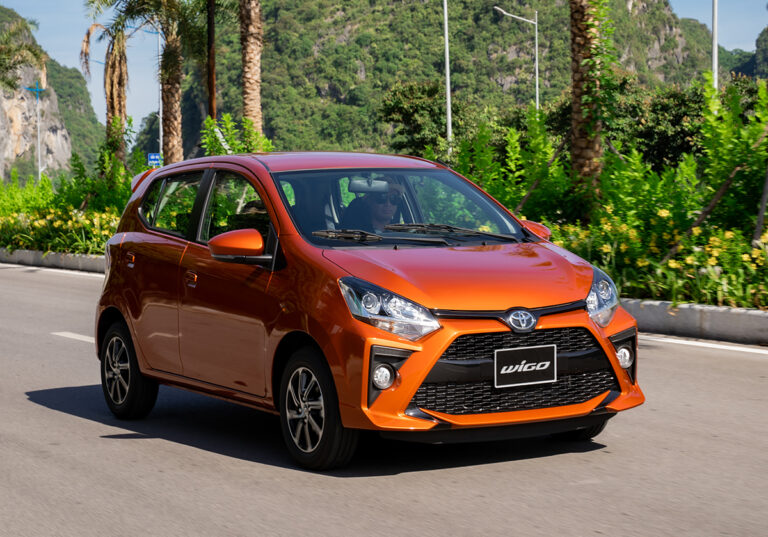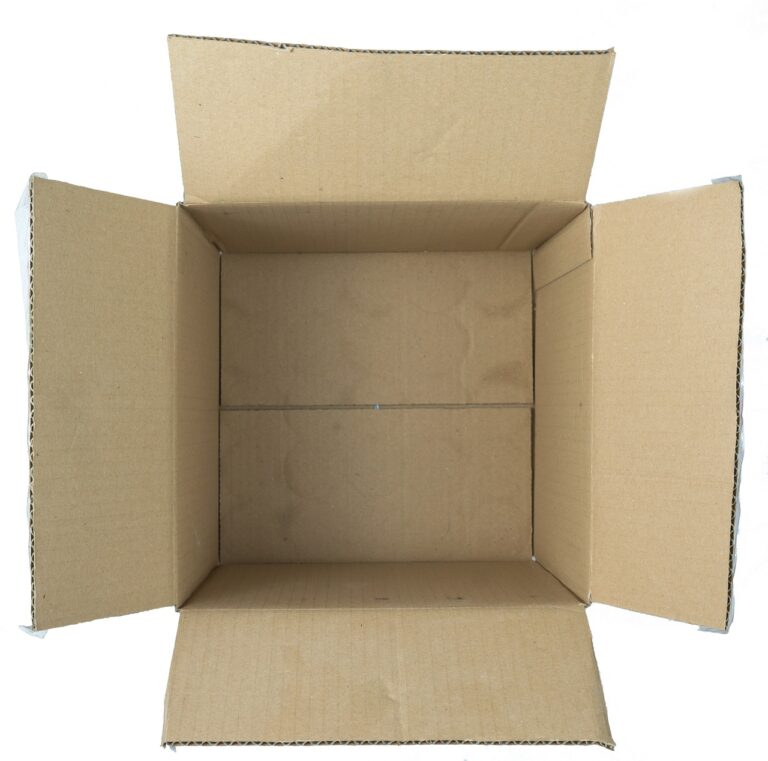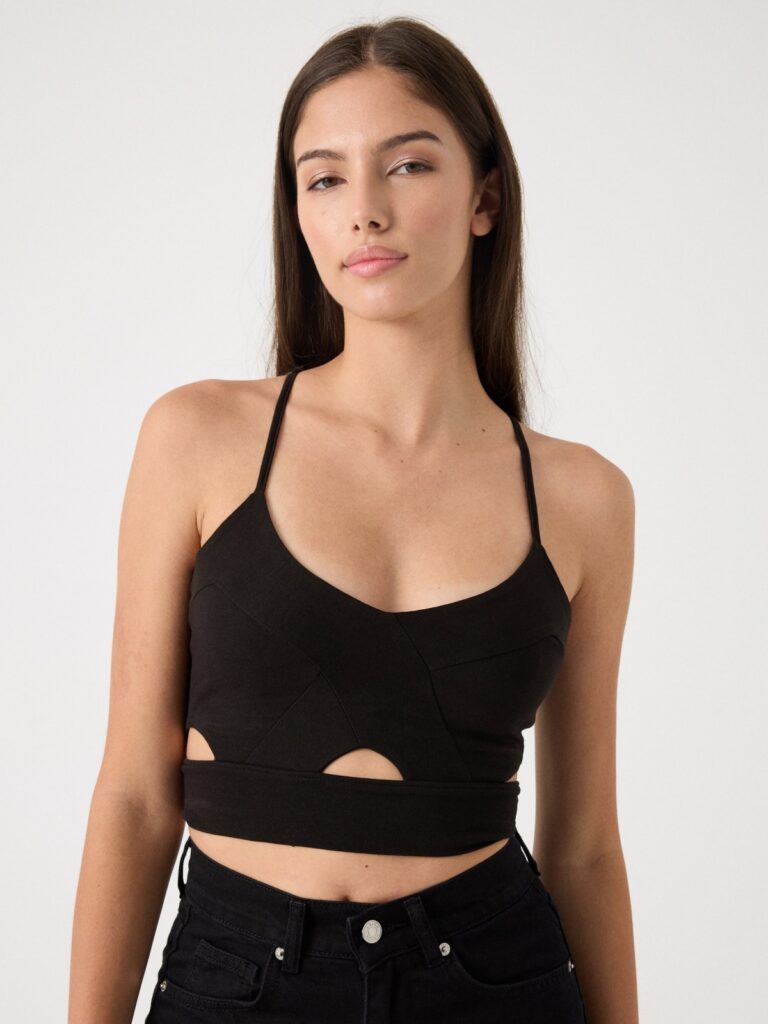Car Wax Brands: A Comprehensive Guide to Protecting and Enhancing Your Vehicle’s Shine
Car Wax Brands: A Comprehensive Guide to Protecting and Enhancing Your Vehicle’s Shine cars.truckstrend.com
Introduction: The Unsung Hero of Automotive Care
In the pursuit of a gleaming, showroom-worthy vehicle, few products play as crucial a role as car wax. Far more than just a cosmetic enhancer, car wax is the final, protective layer that shields your vehicle’s paintwork from the harsh realities of the road and environment. From blistering UV rays and acidic rain to industrial fallout, bird droppings, and road grime, your car’s finish is under constant assault. Car wax brands have innovated tirelessly to offer solutions that not only provide a deep, lustrous shine but also create a sacrificial barrier, preserving the integrity and beauty of your paint for years to come.
Car Wax Brands: A Comprehensive Guide to Protecting and Enhancing Your Vehicle’s Shine
This comprehensive guide will delve into the diverse world of car wax brands, exploring the different types of waxes available, their unique benefits, how to select the perfect product for your needs, and the best practices for application. We’ll also highlight some of the leading brands in the market, provide a general price guide, and answer frequently asked questions to help you achieve and maintain that coveted, pristine finish.
The World of Car Waxes: Understanding the Types
The market for car waxes is vast and varied, with products tailored to different needs, preferences, and levels of protection. Understanding the primary types is the first step in making an informed choice.
1. Carnauba Waxes (Natural Wax)
Derived from the leaves of the Copernicia prunifera palm tree, Carnauba wax is renowned for producing a deep, warm, and wet-looking shine, particularly on darker paint colors. It’s often blended with other ingredients like beeswax and oils to improve workability and durability.
- Pros: Exceptional depth and gloss, natural feel.
- Cons: Typically less durable than synthetic alternatives (lasting 1-3 months), can be more challenging to apply evenly, and offers less chemical resistance.

2. Synthetic Paint Sealants
These are advanced polymer-based products engineered to bond with the paint surface, creating a durable, long-lasting protective layer. Sealants often provide a sharper, more reflective shine compared to Carnauba, and excel in terms of longevity and protection.
- Pros: Superior durability (3-6 months or more), excellent protection against UV, chemicals, and contaminants, easier application for many formulations.
- Cons: May not offer the same "warm" look as Carnauba, requires a clean, bare paint surface for optimal bonding.

3. Hybrid Waxes (Ceramic-Infused Waxes/Sealants)
Representing the best of both worlds, hybrid waxes combine natural waxes with synthetic polymers or even ceramic (SiO2) compounds. These products aim to deliver the deep shine of Carnauba with the extended durability and advanced protection of synthetic sealants or ceramic coatings.
- Pros: Balanced performance in terms of shine and durability, often very user-friendly.
- Cons: Performance can vary widely between brands, sometimes not as durable as pure sealants or dedicated ceramic coatings.
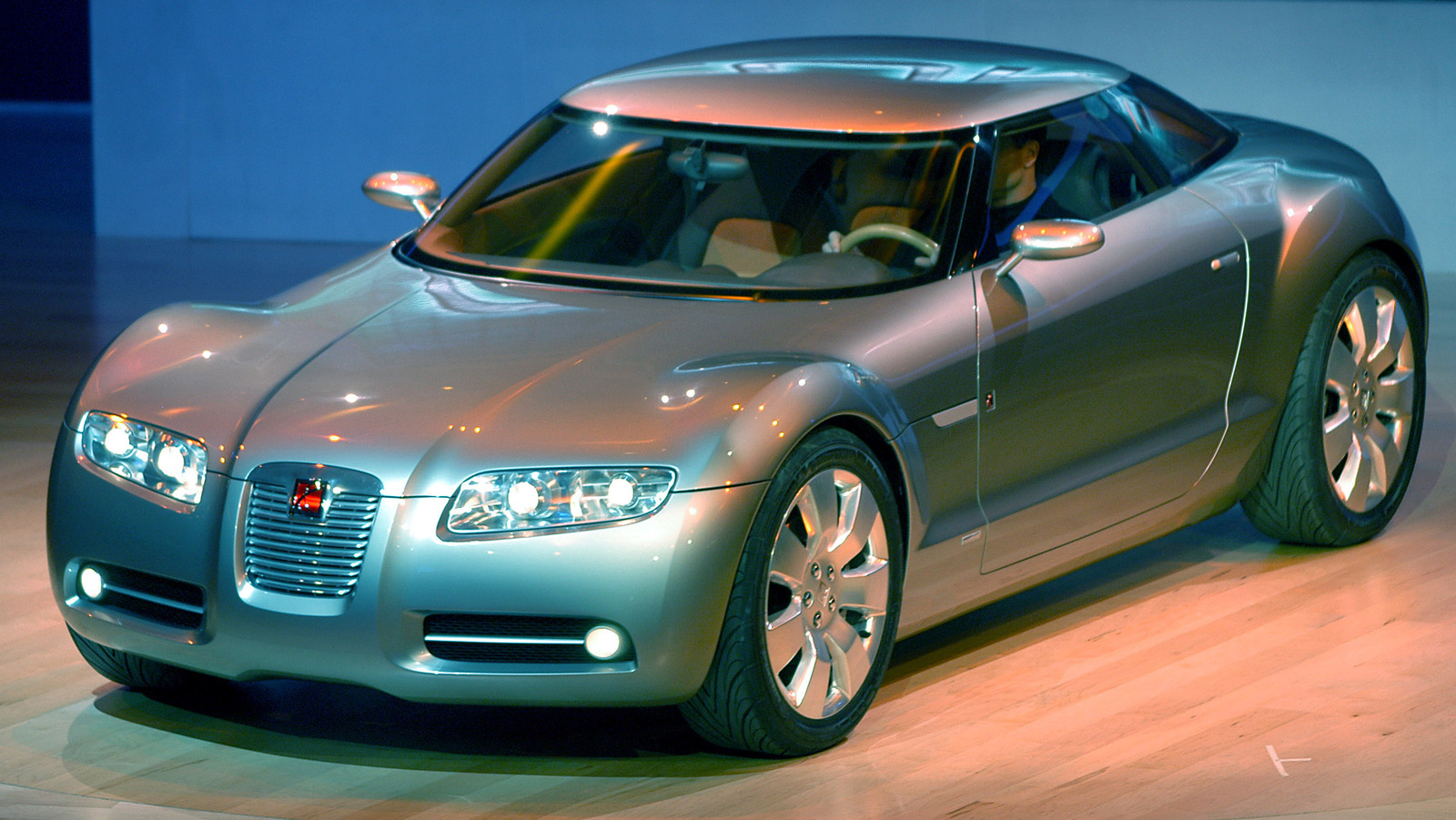
4. Spray Waxes and Detailers
Designed for quick application and maintenance, spray waxes and detailers offer a convenient way to boost shine and add a layer of protection between full waxing sessions. They are typically less durable than paste or liquid waxes but are excellent for touch-ups.
- Pros: Extremely easy and fast to apply, good for quick touch-ups and maintaining hydrophobicity.
- Cons: Limited durability (weeks at most), minimal protective barrier compared to other types.
5. Ceramic Coatings (Advanced Paint Protection)
While not traditionally "waxes," ceramic coatings (often containing Silicon Dioxide – SiO2) have revolutionized paint protection. They form a much harder, more durable, and longer-lasting bond with the paint than traditional waxes or sealants, offering superior scratch resistance, UV protection, and extreme hydrophobicity. They represent a significant step up in protection and durability, often lasting years.
- Pros: Unparalleled durability (1-5+ years), extreme hydrophobicity, enhanced gloss, significant protection.
- Cons: More expensive, complex application requiring meticulous paint preparation, often best applied by professionals.
Beyond the Shine: The Benefits of Car Waxing
Waxing your car is more than just an aesthetic ritual; it’s a critical component of proper vehicle maintenance.
- Paint Protection: Wax creates a sacrificial barrier that shields your car’s clear coat from environmental hazards like UV radiation (which causes fading), acid rain, bird droppings, tree sap, road salt, and industrial fallout.
- Enhanced Aesthetics: A well-waxed car exhibits a deeper, richer color, a brilliant gloss, and a smooth, reflective surface that makes it stand out.
- Hydrophobic Properties: Wax makes the paint surface incredibly slick, causing water to bead up and roll off easily. This "hydrophobic" effect significantly reduces water spotting and makes subsequent washes much easier.
- Easier Cleaning: Because contaminants struggle to stick to a waxed surface, dirt, grime, and dust are much easier to wash off, reducing the effort and time required for routine cleaning.
- Preserving Resale Value: A well-maintained exterior speaks volumes about overall vehicle care. Regular waxing helps prevent paint degradation, preserving the car’s aesthetic appeal and contributing to a higher resale value.
Spotlight on Excellence: Leading Car Wax Brands
The market is saturated with car wax brands, each vying for your attention. Here are some of the most reputable and widely recognized brands, known for their quality and effectiveness:
- Meguiar’s: A household name in car care, Meguiar’s offers an extensive range of products from enthusiast-grade to professional-grade. Their waxes, like Meguiar’s Gold Class Carnauba Plus and Ultimate Liquid Wax (synthetic), are highly popular for their ease of use, excellent shine, and reliable protection.
- Chemical Guys: Known for their vast and colorful product line, Chemical Guys caters to detailing enthusiasts with a wide array of waxes, sealants, and ceramic-infused products. Their Butter Wet Wax (Carnauba) and JetSeal (synthetic sealant) are particularly well-regarded for their distinctive scents and impressive results.
- Griot’s Garage: This brand emphasizes quality and user experience, often appealing to serious hobbyists and professionals. Griot’s Garage Best of Show Wax (Carnauba) and Ceramic 3-in-1 Wax (hybrid/ceramic spray) are celebrated for their premium feel and outstanding performance.
- Mother’s: A long-standing brand, Mother’s offers a reliable range of waxes that balance quality with affordability. Their California Gold Pure Carnauba Wax and Synthetic Wax are perennial favorites for their ease of application and deep shine.
- Turtle Wax: Historically a budget-friendly option, Turtle Wax has significantly innovated in recent years, particularly with their Hybrid Solutions line (e.g., Ceramic Spray Coating, Graphene Paste Wax). They now offer cutting-edge technology at very competitive price points.
- Adam’s Polishes: Aimed at the premium segment, Adam’s Polishes provides high-performance detailing products. Their Buttery Wax (Carnauba) and Graphene Ceramic Paste Wax are examples of their commitment to deep gloss and advanced protection.
- P&S Detail Products: While perhaps less known to the casual consumer, P&S is a highly respected brand in the professional detailing community. Their Bead Maker Paint Protectant (a spray sealant/wax hybrid) has gained immense popularity for its incredible slickness and water-beading properties.
Choosing Your Perfect Wax: Key Considerations
With so many options, how do you pick the right wax for your car? Consider these factors:
- Paint Condition and Color: For older, well-maintained paint or darker colors, a Carnauba wax can enhance depth. For newer cars or lighter colors, a synthetic sealant might offer a sharper, more reflective look and better protection.
- Desired Durability vs. Shine: If maximum durability and protection are your priority, opt for a synthetic sealant or a ceramic-infused product. If you prefer the traditional, warm glow and don’t mind more frequent applications, Carnauba is a great choice.
- Ease of Application: Some waxes are notoriously difficult to apply and buff, while others are incredibly user-friendly. If you’re new to waxing, start with a liquid or spray wax known for its easy on/easy off properties.
- Budget: Car waxes range from very affordable to premium. While higher prices often correlate with better performance or unique formulations, excellent results can be achieved at various price points.
- Time Commitment: Do you have hours for a meticulous application, or do you need a quick solution? This will guide you towards paste/liquid waxes or spray waxes, respectively.
- Environmental Factors: If your car is constantly exposed to harsh sun, road salt, or industrial fallout, a more durable synthetic sealant or ceramic product will provide better long-term protection.
The Art of Application: A Step-by-Step Guide
Proper application is key to maximizing the benefits of any car wax.
-
Preparation is Paramount:
- Wash: Thoroughly wash your car using a pH-neutral car shampoo.
- Decontaminate: Use a clay bar or chemical decontaminator (iron remover) to remove embedded contaminants from the paint. This step is crucial for allowing the wax to bond properly and ensures a smooth finish.
- Polish (Optional but Recommended): If your paint has swirl marks, light scratches, or oxidation, a light polish before waxing will dramatically improve the final appearance. Wax covers, but doesn’t correct, paint imperfections.
- IPA Wipe Down: After polishing (or if not polishing, after washing and drying), wipe down the paint with an Isopropyl Alcohol (IPA) solution (e.g., 10-20% IPA in water) to remove any polishing oils or residues, ensuring a clean surface for wax adhesion.
-
Application:
- Work in Sections: Apply wax to one panel at a time to prevent it from drying too much.
- Thin is In: Apply a very thin, even layer using a foam applicator pad. More wax does not equate to more shine or protection; it only makes it harder to buff off and can lead to hazing or streaking.
- Follow Instructions: Always adhere to the manufacturer’s specific instructions regarding cure time and application method.
-
Curing and Buffing:
- Cure Time: Allow the wax to haze over or "cure" for the recommended time. This allows the solvents to evaporate and the protective polymers to bond.
- Buff Off: Using a clean, soft microfiber towel, gently buff off the wax residue. Turn the towel frequently to a clean side to avoid smearing. For optimal results, a second, clean microfiber towel can be used for a final buff.
Maintaining the Luster: Tips for Longevity
To extend the life of your wax application and maintain that fresh shine:
- Wash Gently: Use the two-bucket method and a high-quality, pH-neutral car shampoo. Avoid harsh detergents or dish soap.
- Dry Properly: Always dry your car with a soft microfiber towel or a car dryer to prevent water spots.
- Use Quick Detailers/Spray Waxes: Between full waxing sessions, use a spray wax or quick detailer after washes to boost shine and hydrophobicity.
- Store Indoors: Parking your car in a garage or under a cover will significantly reduce exposure to elements that degrade wax.
Common Challenges and Smart Solutions
- Streaking/Hazing: This usually means you applied too much wax, didn’t let it cure long enough, or didn’t buff it off thoroughly. Solution: Re-wipe the affected area with a clean microfiber towel, or use a quick detailer to reactivate the wax and then buff clean.
- Uneven Application: If you see patchy areas. Solution: Ensure you’re using proper lighting to see your application and always apply in thin, even coats.
- Short Durability: If your wax isn’t lasting as long as expected. Solution: Ensure proper paint preparation (decontamination, clean surface), consider a more durable synthetic sealant or hybrid product, and adjust your washing methods.
Price Guide: Understanding Car Wax Costs
The price of car wax can vary significantly based on type, brand, and formulation. Below is a general price range for different categories of car wax, with example products. Please note: Prices are approximate and subject to change based on retailer, promotions, and location.
| Wax Type | Typical Price Range (USD) | Example Brands/Products | Key Characteristics |
|---|---|---|---|
| Carnauba Waxes | $15 – $50+ | Meguiar’s Gold Class Carnauba Plus, Mother’s Carnauba Wax | Deep, warm shine; natural look; less durable than synthetics. |
| Synthetic Sealants | $20 – $60+ | Meguiar’s Ultimate Liquid Wax, Chemical Guys JetSeal | High durability, excellent protection, reflective shine; often easier to apply. |
| Hybrid/Ceramic Waxes | $25 – $75+ | Turtle Wax Hybrid Solutions Ceramic Spray, Griot’s Garage Ceramic 3-in-1 Wax, Adam’s Graphene Paste Wax | Combines benefits of natural/synthetic with ceramic protection; good balance of shine & durability. |
| Spray Waxes/Detailers | $10 – $30 | P&S Bead Maker, Meguiar’s Quick Wax, Chemical Guys Butter Wet Wax Spray | Quick boost to shine and protection; ideal for maintenance between full wax jobs. |
| Professional/High-End Ceramic Coatings | $50 – $200+ (DIY Kits) | CarPro CQuartz, Gyeon MOHS, Feynlab Ceramic Lite | Longest lasting protection (years); superior hardness and hydrophobicity; complex application. |
Frequently Asked Questions (FAQ)
Q1: How often should I wax my car?
A1: It depends on the type of wax and your car’s exposure.
- Carnauba waxes: Every 1-3 months.
- Synthetic sealants: Every 3-6 months.
- Hybrid/Ceramic Waxes: Every 4-8 months.
- Spray waxes/detailers: Can be used after every wash or every few weeks to maintain protection.
- Ceramic coatings: Generally last 1-5+ years and don’t require traditional waxing.
Q2: Can I apply wax over a ceramic coating?
A2: Yes, you can. Applying a Carnauba wax over a ceramic coating can add a warmer, deeper gloss without compromising the coating’s protection. However, traditional waxes won’t significantly add to the coating’s durability. It’s often better to use a ceramic-infused detail spray or topper designed for coatings.
Q3: Does car wax remove scratches?
A3: No, car wax fills in very minor imperfections, making them less noticeable, but it does not remove scratches. For scratch removal, you need to use a polish or compound.
Q4: What’s the difference between liquid wax and paste wax?
A4: Primarily consistency and sometimes concentration. Paste waxes are typically denser and often contain a higher concentration of Carnauba, potentially offering a richer shine. Liquid waxes are generally easier and quicker to apply, often synthetic-based, and provide excellent protection and gloss. The choice often comes down to personal preference for application method.
Q5: Is car wax harmful to paint?
A5: No, quite the opposite. Quality car waxes are designed to protect your paint. Harm can come from improper application (e.g., applying too much, not buffing properly, or applying in direct sunlight) which can lead to hazing or streaking. Always ensure your paint is clean and cool before application.
Conclusion: Your Car’s Best Defense
Choosing the right car wax brand and type is an investment in your vehicle’s longevity and appearance. Whether you prioritize the deep, natural glow of Carnauba, the long-lasting protection of a synthetic sealant, or the advanced technology of a ceramic-infused hybrid, there’s a perfect product out there for your needs. By understanding the different options, applying them correctly, and maintaining your vehicle with care, you can ensure your car remains a head-turning masterpiece, protected against the elements for years to come. A little effort in waxing goes a long way in preserving your car’s beauty and value, making it a truly rewarding part of automotive care.

